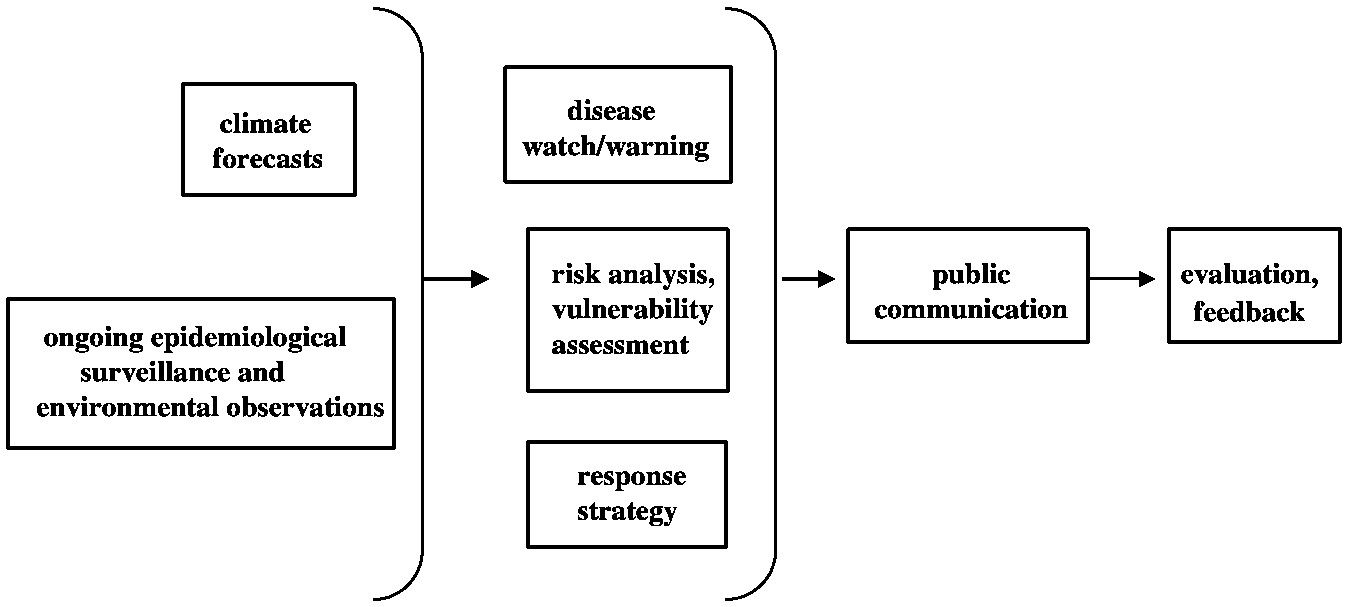
Disease Warning System
DISEASE-WARNING SYSTEMS
In many states and countries, different types of warning
systems are in place for one or more important plant
diseases. The purpose of these systems is to warn
farmers of the impending onset of an infection period
or to inform them that an infection period has already
occurred so that they can take immediate appropriate
control measures to stop recent infections from developing
or prevent further infections from occurring.
In most cases, the warning system begins with a
grower, an extension agent, or a private consultant surveying
certain fields on a regular basis or when the
weather conditions are likely to favor maturation of the
primary inoculum or appearance of the particular
disease. When mature inoculum (such as ascospores in
apple scab) or traces of disease (e.g., in potato late
blight) are found, the county extension office is notified.
The county extension office in turn notifies the state
extension plant pathologist, who collates all reports
about the disease from around the state and by electronic
mail (e-mail), telephone, fax, or in writing
notifies all concerned county agents (pest alert). They,
in turn, by e-mail, radio, telephone, or letter, notify
all farmers in their county. For diseases of potential
regional or national epidemic consequences, the state
extension plant pathologist notifies the federal plant
disease survey office of the U.S. Department of Agriculture,
which in turn notifies all extension plant pathologists
in adjacent and other states that may be affected
by that plant disease.
Since the mid-1970s, computerized warning systems
have been in use for certain diseases in some states.
Some of them (such as BLITECAST) use centrally
located computers that process weather data either collected
on the farm by individual growers and transmitted
electronically or phoned in when certain weather
conditions prevail, or at certain intervals. The computer
then processes the data, determines whether an infection
period is imminent, likely to occur, or cannot occur, and
makes a recommendation to the grower as to whether
to spray and what materials to apply.
After 1980, small special-purpose computers have
been used that have field sensors and can be mounted
on a post in a farmer’s field. Such units (such as the apple
scab predictor) monitor and collect data in the field on
temperature, relative humidity, duration of leaf wetness,
and rainfall amounts, analyze the data automatically,
make predictions of disease occurrence and intensity,
and, on the spot, make recommendations for disease
control measures. The same unit can be used for any
disease for which a prediction program is available, in
which case either the unit can be reprogrammed or the
program circuit boards can be interchanged. Predictions
from such units are obtained by using a simplified keyboard
and display right in the field or the unit can be
linked to a personal computer if additional processing
of data is desired.


